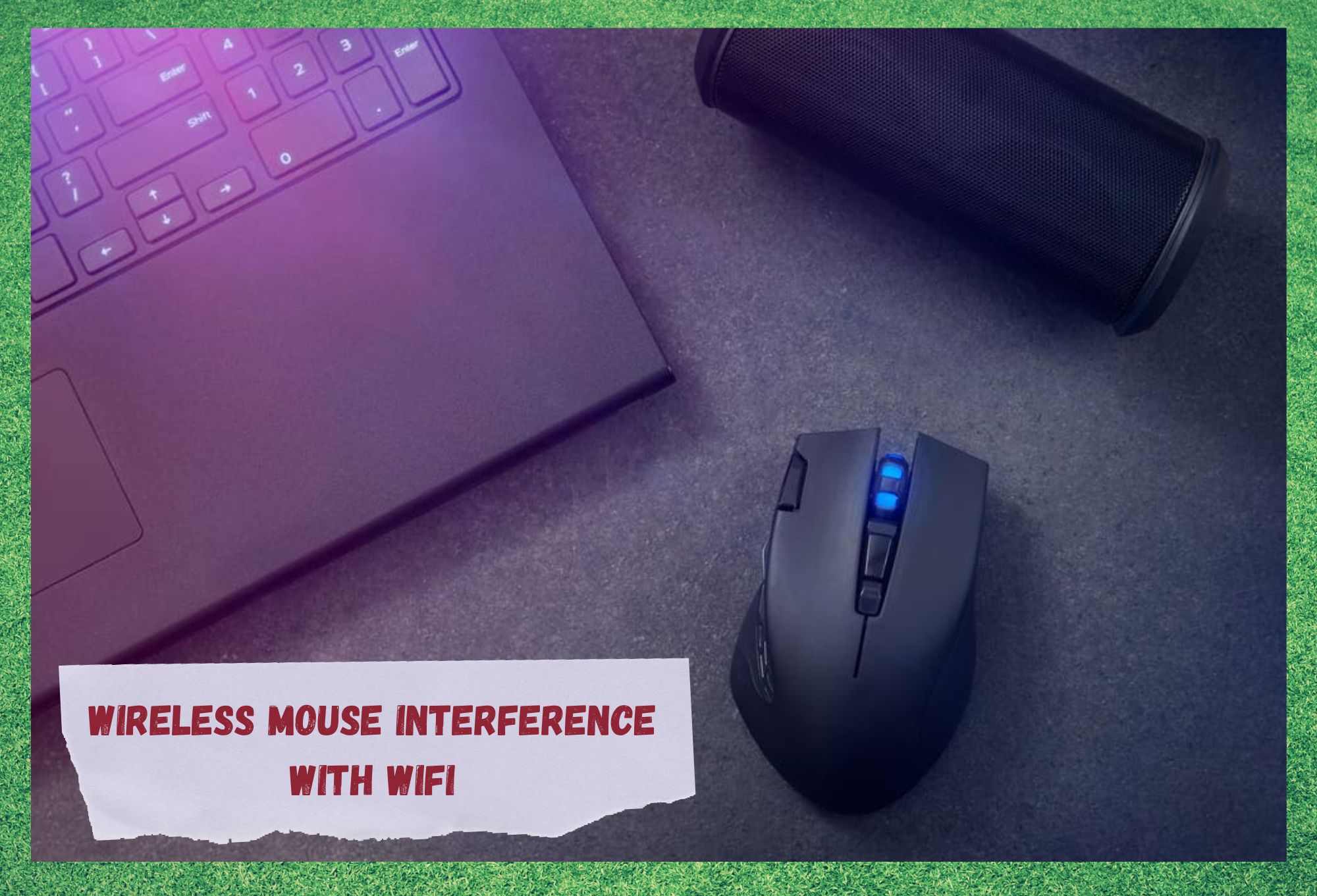
If you are of a certain generation or older, we’re pretty sure that you will remember using the old type of mouses that had a ball in them. They were cumbersome at best, and quite often, we needed to take out the ball and give them a clean to get them working again.
The funny thing is, not a lot of the newer generations ever had the misfortune of having to use these, so we get to make all sorts of crazy claims about them.
For example, we’ve taken to claiming that we used to have to boil an egg for an hour, remove the yolk, and use that to replace the ball when they stopped working. It’s a pretty fun form of trolling, if you haven’t jumped on board with that yet!
These days, the mouses we use are far more sophisticated (and vegan, we should note) than all of that. Now, most of us will use wireless mouses that are driven by lasers, which work far better and more accurately than their ancient counterparts.
But, with every advancement which makes life easier, there is always an unforeseen trade-off that needs to be made. With wireless mouses, the downside is that there are sometimes some pretty unusual issues that can crop up when it comes down to connectivity.
Of these, the most commonly reported one is that the wireless mouse can actually interfere with your Wi-Fi signals and cause all sorts of chaos. So, seeing as it would be nice to both have a decent wireless connection and use a wireless mouse, we decided to share a few tips to make precisely that happen. Let’s get stuck into it!
Wireless Mouse Interference With WiFi
- Interference from the Dongle
As we always do with these guides, we will kick off by starting with the simplest solution first. However, in this case, this will also be the exact thing that fixes the problem for 90$ or more of you.
So, this could end up being a very short read for quite a few of you! For those that are using a wireless mouse, we are more than certain that you will also be using a wireless receiver dongle in order for its signal to be picked up and processed. This is where the issues lie more often than not.
Most of you will be using the dongle alongside a standard docking station via your USB 2.0 port. So, for the first step, we would recommend that you move the USB receiver over to the 3.0 port instead in order to cull the interference that the device creates.
While you are at it, make sure that it is positioned away from the USB 3.0 host for best effects. For most of you, that should be enough to fix the problem. So, make sure to give the mouse a check again before you continue on.
- Incorporate an Extension Cable
If adjusting the position of the receiver didn’t quite do the trick for you, there is a handy way to up the ante that works along the same lines.
It is possible to get an extension cable for your USB 2.0 which will allow you to keep the dongle a little further out of the way, thus reducing the chances that it will interfere with your internet. Better yet, you may not even need to invest any cash for this fix to be possible.
These days, pretty much all wireless mouse devices come with one of these extension cables in the box for you to use. Make sure to check the packaging before running off to the store to go get one.
- You may be using a Narrow Network
If you have tried the two steps above and not had any luck, there is always the chance that the issue relates to the network that you are using and not the mouse. Particularly, it may just mean that you are connected to what is known as a ‘narrow network’, which would go some way toward explaining the interference issue.
These networks have narrow internet and wireless connection bandwidths when compared to your standard broadband connections. But there’s bad news here. Unfortunately, there isn’t all that much you can do to remedy this.
Unless… Of course, if you really want to take action on this, it is always possible to just change your internet service provider to one that offers a decent broadband connection in your area.
Given that narrowband connections have a lot more downsides other than the wireless mouse woes that you are currently experiencing, now may be a better time than any to jump ship to a better package.
Bear in mind, there’s always a company out there offering some form of sweet deal for new customers. Still, best to check our last two tips before making that decision, we would suppose.
- Try using a Bluetooth Mouse instead
If it was the case that you aren’t stuck with a narrowband network and the Wi-Fi interference issue still exists, why not nuke the issue from orbit? There are a whole load of great Bluetooth powered mouses on the market at the moment for very reasonable prices.
By using one of these instead, you can cut the chance of interference entirely. This is because Bluetooth signals are at a different frequency to your Wi-Fi, thus they will not get caught up and entangled with each other.
On top of that, if you are on a narrowband network and want to keep it that way, this will also get rid of the interference issue too!
- Try changing the Frequency on the Router
For those of you who have opted to broadcast your internet from your router at the 2,4GHz frequency (or band), you should be aware that this frequency is the one where pretty much everything works at. Because of this, it is quite commonly congested – even at quieter times.
So, of course, this can lead to symptoms that resemble interference when you are using your wireless mouse. To attempt to combat these effects, we would strongly suggest that you try switching over to the 5GHz band for a while to see if that works.
The only downside of this is that there are a lot of devices out there – some of which you may own – that may not work at all on this frequency.
So, some smart home advocates may have issues here… Nevertheless, if it is an option for you, try switching to the 5GHz band and see does that have the positive impact that you were looking for. In fact, even if it does interfere a little, you likely won’t notice it as it will be at a higher bandwidth.
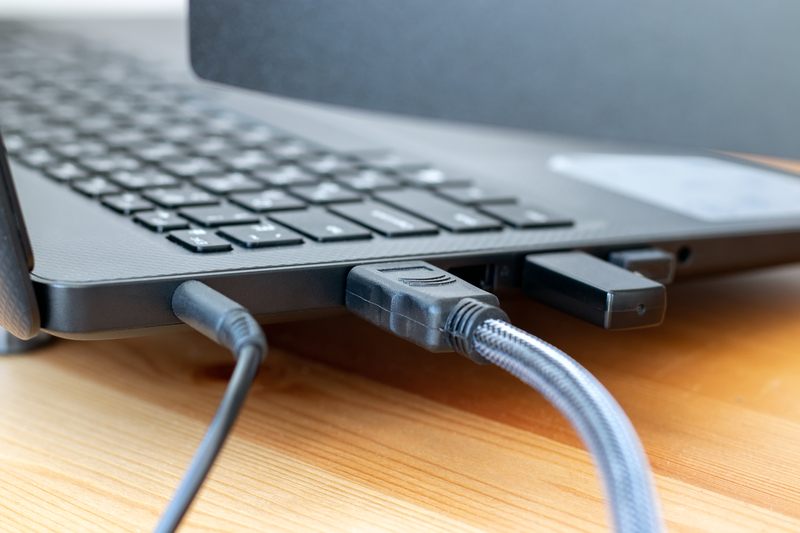
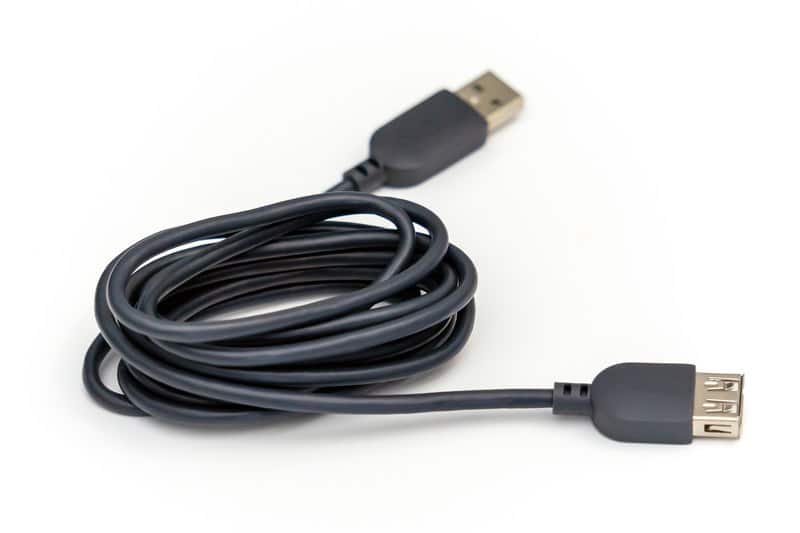

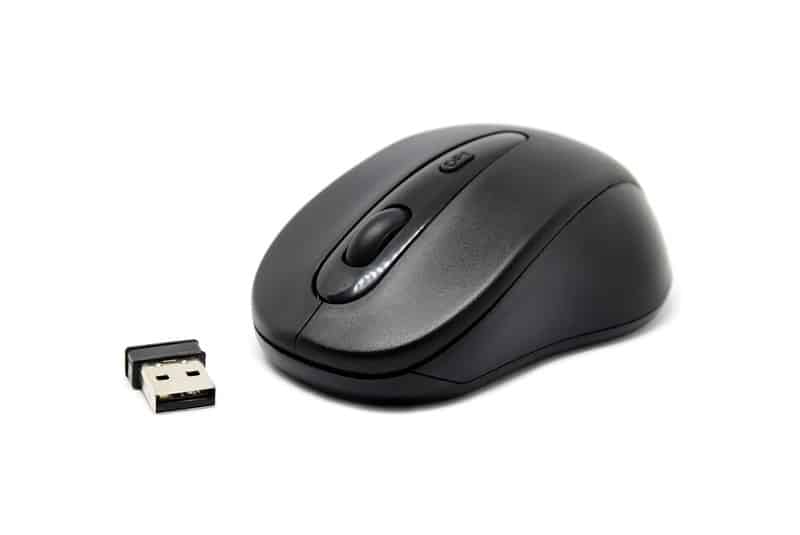
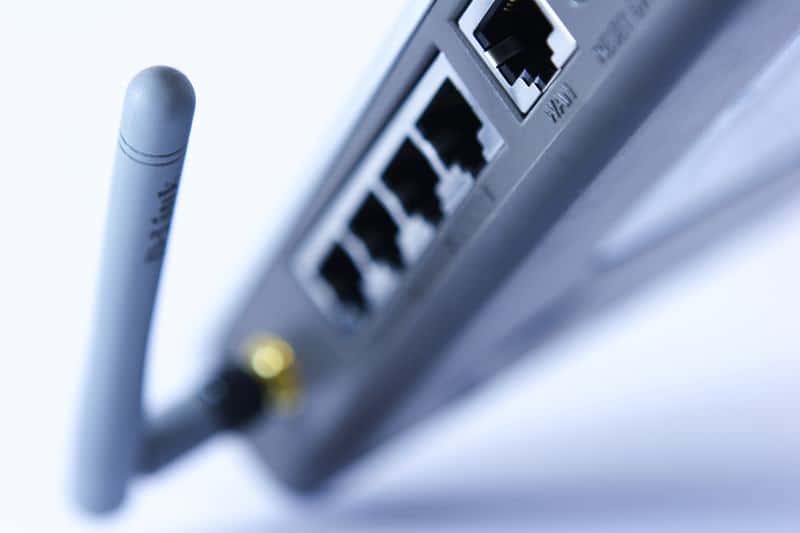
Your first recommend solution of switching from USB 3.0 to USB 2.0 was the issue. I was skeptical to say the least, but having tried this method I’ve noticed a huge improvement.
Thanks !!
Does flash drive have any effect on wifi?
Why would it have if it is storage drive and doesn’t emmit eny signal?